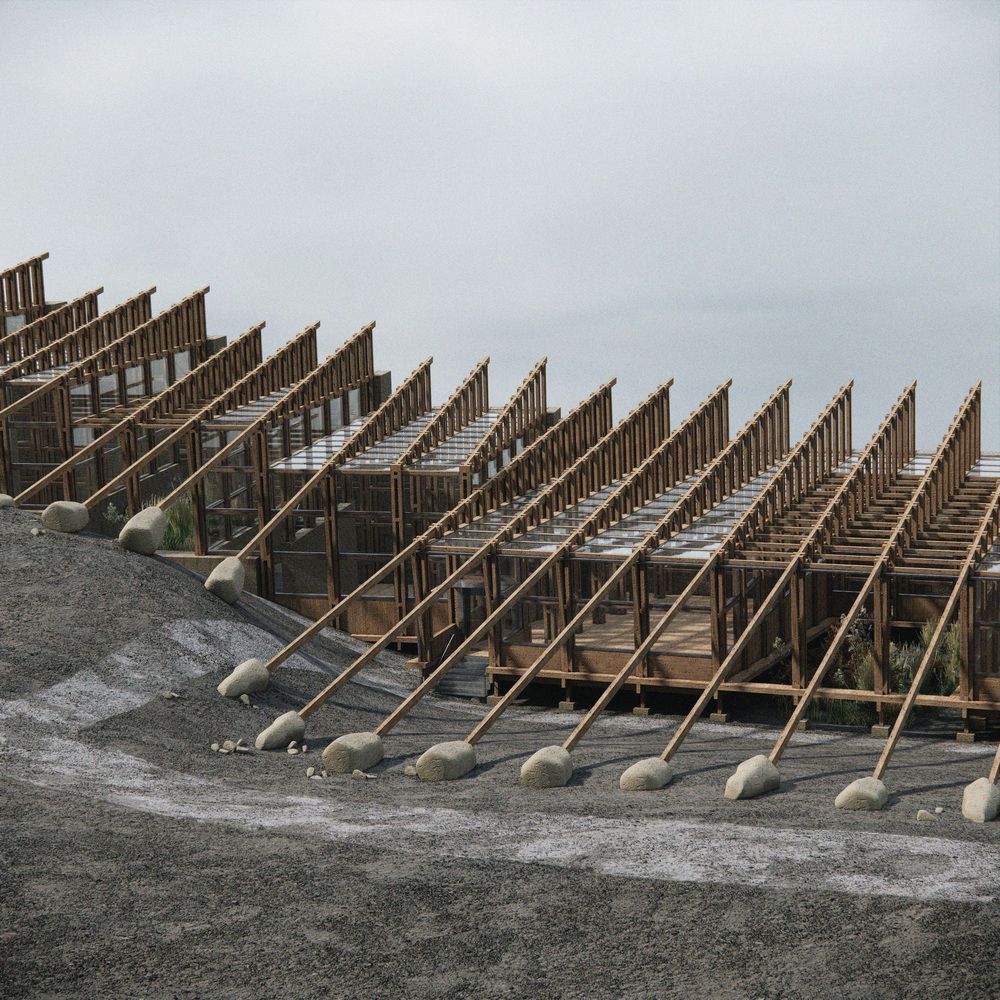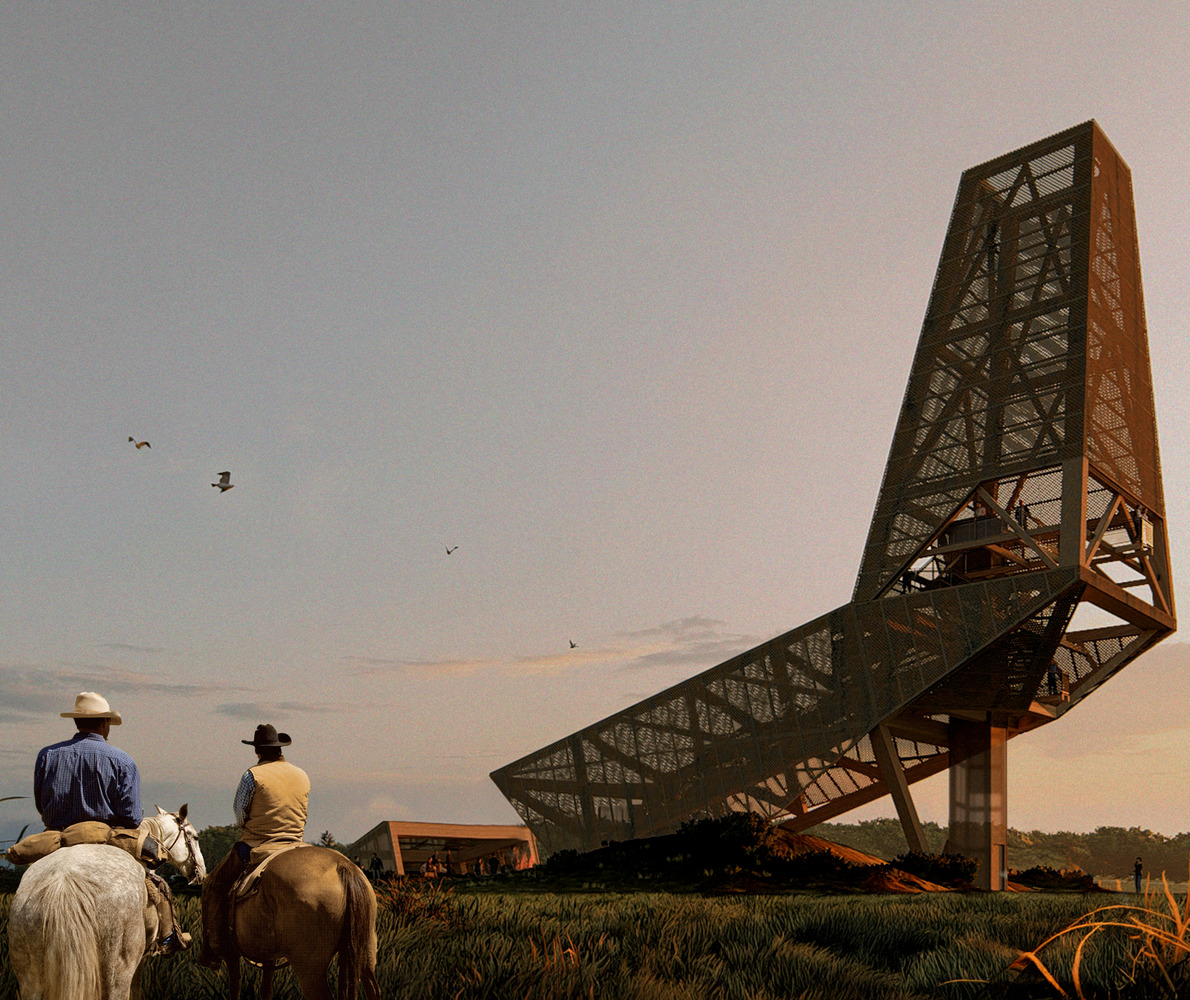The field of architecture is in a perpetual state of evolution, driven by a new generation of visionary minds who are challenging the status quo and redefining what a building can be. These are not just builders; they are problem-solvers, innovators, and social reformers who are deeply committed to creating a built environment that is more sustainable, equitable, and intelligent. The next generation of architects is armed with powerful new tools—from computational design to advanced materials—and a heightened sense of social responsibility. They are moving beyond the purely aesthetic to design structures that are not only beautiful but also profoundly purposeful, addressing the most pressing issues of our time, from climate change to social inequality.
This comprehensive article will explore the key characteristics, philosophies, and emerging trends that define the next generation of architects. We will look at how they are leveraging technology, embracing sustainability, and focusing on human-centric design to create a new paradigm for architecture. Our goal is to provide a detailed, in-depth look at the forces shaping the future of the profession and the brilliant minds leading the charge.
The Embrace of Technology and Computational Design

The digital revolution has transformed every industry, and architecture is no exception. For the next generation of architects, technology is not just a tool; it’s an integral part of the creative and design process. They are fluent in a new language of algorithms, data, and computational modeling that allows them to design structures of unprecedented complexity and efficiency.
A. Parametric and Generative Design: Unlike traditional design, which is a linear process, parametric design uses algorithms to generate complex forms and patterns. Architects set a series of parameters—such as sunlight exposure, material properties, or structural integrity—and the software generates a multitude of design options that optimize for those criteria. This allows for the creation of fluid, non-linear forms that are both aesthetically striking and highly functional. Generative design takes this a step further, using AI to explore thousands of design solutions to find the most efficient and effective one.
B. Building Information Modeling (BIM): BIM has become an indispensable tool. It’s a process of creating and managing a digital representation of a building’s physical and functional characteristics. BIM allows architects, engineers, and contractors to collaborate on a single, shared model in real-time. This reduces errors, improves efficiency, and allows for better cost and resource management. For the new generation, BIM is the standard, enabling a more integrated and transparent workflow.
C. The Rise of Robotics and 3D Printing: The future of construction is increasingly robotic. Large-scale 3D printers are now capable of printing entire homes and building components from concrete, recycled plastic, or other materials. This technology reduces construction time and cost, minimizes waste, and allows for the creation of highly customized, complex shapes. Robots are also being used on construction sites for tasks like laying bricks and welding, improving both safety and precision.
D. Virtual and Augmented Reality (VR/AR): VR and AR are transforming how architects present their work and how clients experience a design. Instead of looking at a 2D blueprint, clients can put on a VR headset and walk through a photorealistic rendering of their future home or office. AR allows architects to overlay digital models onto a physical site, helping them to visualize a design in its real-world context. This technology fosters better communication and decision-making, while making the design process more interactive and engaging.
A Profound Commitment to Sustainability
The climate crisis is a defining challenge for this generation, and architects are at the forefront of developing solutions. For them, sustainability is not an afterthought or an optional add-on; it is a fundamental design principle. They are creating buildings that are not just “less bad” for the environment, but actively regenerative, contributing positively to their ecosystems.
A. Net-Zero and Regenerative Design: The goal is no longer just energy efficiency but to create net-zero energy buildings that produce as much or more energy than they consume. This is achieved through a combination of superior insulation, passive design principles (like maximizing natural light and ventilation), and on-site renewable energy systems such as solar panels and geothermal heating. The ultimate goal is regenerative design, where a building contributes to its environment by, for example, collecting and purifying water, improving air quality, or providing a habitat for local wildlife.
B. The Use of Eco-Friendly Materials: The next generation is moving away from energy-intensive materials like concrete and steel. They are championing the use of mass timber, particularly cross-laminated timber (CLT), which has a significantly lower carbon footprint and offers comparable structural performance. Other materials gaining popularity include recycled plastics, reclaimed wood, bamboo, and hempcrete, a lightweight, carbon-negative building material made from hemp and a lime-based binder.
C. Biophilic Design: This approach recognizes the innate human connection to nature and seeks to incorporate natural elements into the built environment. This includes creating green roofs, vertical gardens, and using natural materials like wood and stone. Biophilic design has been shown to reduce stress, improve well-being, and increase productivity, making it a crucial component of future-proof architecture.
D. Circular Economy Principles: This new wave of architects is thinking about a building’s entire lifecycle, from construction to demolition. They are designing for disassembly, ensuring that materials can be easily salvaged and reused at the end of a building’s life, rather than ending up in a landfill. This shift from a linear “take-make-dispose” model to a circular one is a cornerstone of sustainable design.
A Focus on Social Equity and Community-Centric Design

Beyond technology and sustainability, the next generation of architects is deeply concerned with the social impact of their work. They are designing with a focus on equity, accessibility, and the well-being of the communities they serve. This is a move away from the “starchitect” model of creating isolated monuments and towards a more collaborative, community-driven approach.
A. Co-Design and Community Engagement: Architects are increasingly involving community members in the design process from the very beginning. This co-design approach ensures that the final product truly meets the needs and reflects the values of the people who will use it. It empowers local communities and results in spaces that are more loved and cared for.
B. Designing for All Ages and Abilities: The concept of universal design—creating spaces that are accessible and usable by people of all ages and abilities—is no longer a regulatory requirement but a core design principle. This includes features like wider doorways, no-step entries, and flexible layouts that can adapt to a person’s changing needs throughout their life.
C. Affordable and Modular Housing: The global housing crisis is a major focus for this generation. They are designing innovative, affordable, and modular housing solutions that can be rapidly deployed to address housing shortages. These designs are often prefabricated in factories, which reduces cost and waste while ensuring a high level of quality.
D. Public Spaces as a Priority: The new generation is bringing back a focus on the public realm. They are designing high-quality public parks, plazas, and community centers that act as the heart of a neighborhood. These spaces are intentionally designed to foster social interaction, provide access to nature, and serve as gathering places for people from all walks of life.
Conclusion
The next generation of architects represents a fundamental shift in the profession. They are not just creating buildings; they are crafting a more sustainable, equitable, and technologically advanced future for our planet. Their work is a testament to the idea that architecture can be a powerful force for social and environmental good. By leveraging cutting-edge technology, they are designing structures that were once unimaginable. By embracing a deep commitment to sustainability, they are tackling the climate crisis with innovative and regenerative solutions. And by focusing on human-centric and community-driven design, they are creating spaces that truly serve the people who inhabit them.
The challenges ahead are immense, from rapid urbanization to resource scarcity. However, the passion, ingenuity, and collaborative spirit of this new wave of architects fill us with hope. They are not satisfied with simply building taller or grander structures; they are dedicated to building a better world, one neighborhood, one city, and one building at a time. The future of architecture is in their hands, and it looks to be more dynamic, responsible, and inspiring than ever before. Their legacy will be a built environment that is not only beautiful but also resilient, just, and in harmony with the natural world, a true reflection of the visionary minds who shaped it.








